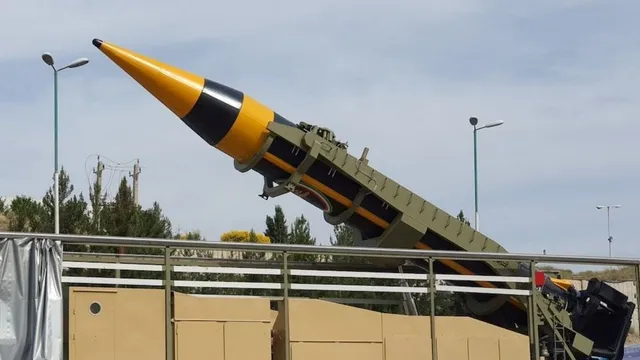
In a major escalation of the regional conflict, Iran’s Islamic Revolutionary Guard Corps (IRGC) fired a wave of 40 missiles targeting key locations across Israel, marking the 20th such attack since hostilities erupted.
The strike came just hours after U.S. airstrikes hit Iran’s most critical nuclear sites — Fordow, Natanz, and Isfahan — intensifying an already volatile situation.
Iranian state media confirmed the use of Khorramshahr-4 ballistic missiles — the Islamic Republic’s most powerful — in Sunday’s assault. These missiles, capable of carrying 1,500-kilogram warheads and traveling up to 2,000 kilometers, were reportedly used to strike Ben Gurion International Airport, logistics centers, a biological research facility, and Israeli command-and-control posts, according to news agencies.
Footage from Tel Aviv showed severe damage to a residential building, with emergency crews responding to rubble-strewn streets and shattered glass. Israeli authorities reported over 80 injuries, most of them minor, and said missiles also landed in other central and southern regions.
The Khorramshahr-4, also known as “Kheibar,” represents a leap in Iran’s missile technology. First unveiled in May 2023, the missile is fueled by hypergolic propellants, allowing for a rapid launch time of under 12 minutes.
Its composite body is designed to evade missile defense systems, and it features advanced mid-flight navigation and maneuvering capabilities. Though Iran has not confirmed its nuclear capability, military experts note its design resembles North Korea’s Hwasong-10 and Hwasong-12 missiles.
With both Iran and Israel exchanging increasingly destructive blows and the U.S. now directly involved, the region teeters on the edge of broader war — one with far-reaching consequences.












